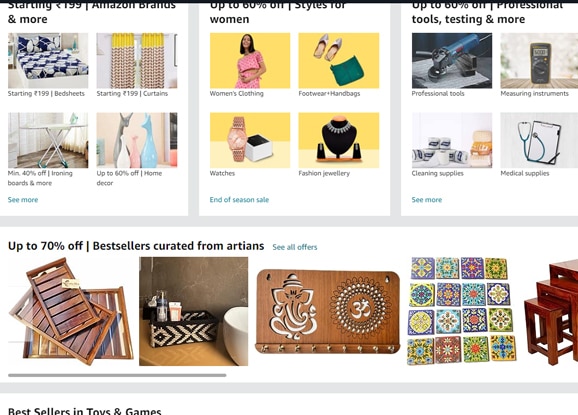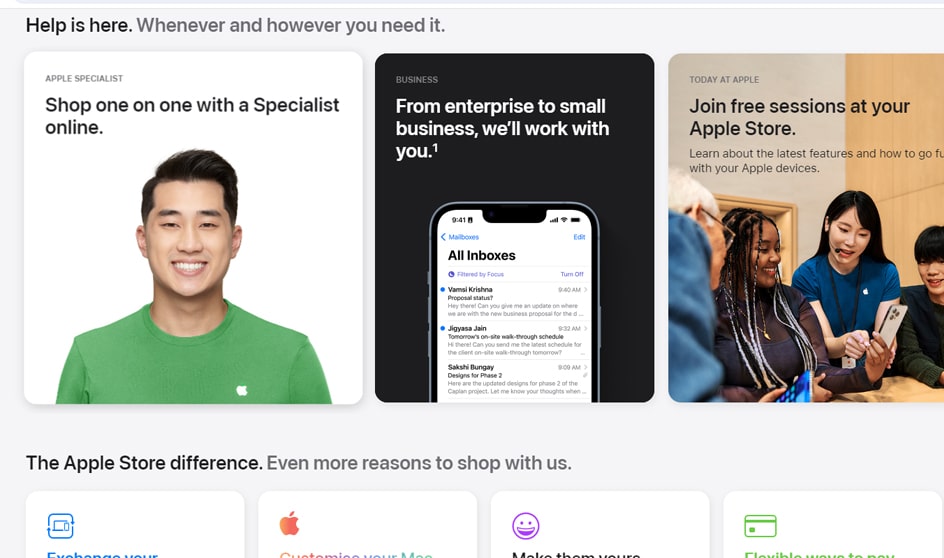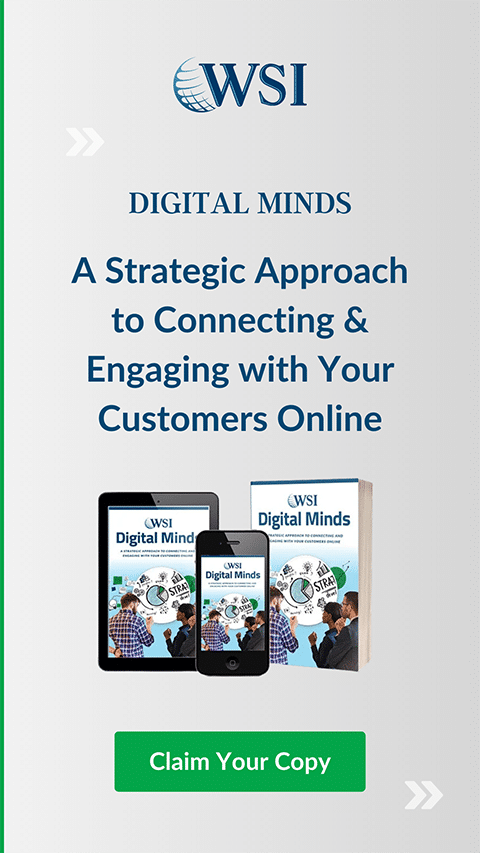The Psychology of Ecommerce Website Design: How Colours, Fonts, and Layouts Influence Buying Behaviour
May 10, 2024 | 7 MINUTES TO READ

Summary: Explore how colours, fonts, and layouts in ecommerce web design influence consumer buying behaviour and boost online sales.
Ecommerce website design plays a critical role in the success of online businesses. Once marketing has done its part by getting a user to the site, how well the site is designed is one of the most important factors for converting that user into a customer. By strategically using colours, fonts, and layouts, ecommerce websites can significantly influence consumer behaviour and purchasing decisions. This article explores how these design elements impact buyer psychology and provide insights on optimizing your ecommerce web design to boost sales.
The Role of Colour in Ecommerce Website Design
Colours have a profound psychological impact on consumer behaviour. They can evoke emotions, influence perceptions, and drive actions. Choosing colours, therefore, shouldn’t be a random process, but well researched and tested.
Colour Psychology Basics
Colour psychology is the study of how colours affect human emotions and behaviour. Different colours can trigger various psychological responses. For instance, blue often conveys trust and reliability, while red can create a sense of urgency and excitement.
Colour and Emotions
- Blue: Trust, reliability, and calmness. Ideal for the financial and healthcare sectors.
- Red: Urgency, passion, and excitement. Effective for clearance sales and call-to-action buttons.
- Green: Health, tranquillity, and nature. Suitable for eco-friendly and wellness products.
- Orange: Energy and enthusiasm. Used to promote action and impulse purchases.
- Purple: Luxury and creativity. Targets niche markets seeking uniqueness and opulence.
Colour and Branding
Consistent use of brand colours across all touchpoints reinforces brand identity and recognition. Brands like Amazon effectively use orange for their call-to-action buttons to create a sense of urgency and encourage purchases.
Examples:
-
- Amazon: Uses orange for its “Buy Now” buttons to stimulate quick decisions.

-
- Coca-Cola: The iconic red colour evokes excitement and energy, aligning with the brand’s lively image.

-
- Tiffany & Co.: The distinctive Tiffany blue symbolizes luxury and exclusivity, reinforcing the brand’s high-end status.

The Influence of Fonts on Consumer Perception
Typography affects readability, mood, and brand perception. The right font choices can improve overall visual perception, enhance user experience and strengthen brand identity.
Font Types
- Serif Fonts: Convey tradition and reliability. Often used by financial institutions and news outlets.
- Sans-Serif Fonts: Represent modernity and simplicity. Preferred by tech companies and contemporary brands.
- Script Fonts: Evoke elegance and creativity. Commonly used in luxury goods and artistic ventures.
Readability and Accessibility
Choosing readable fonts is crucial for all devices and accessibility needs. Fonts should be clear and legible to ensure a smooth browsing experience for all users.
Brand Personality
Fonts help convey a brand’s personality. For example, Apple’s use of clean, modern fonts reflects its innovative and minimalist brand ethos.
Examples
-
- Apple: Utilizes clean, modern fonts to emphasize simplicity and innovation.

-
- New York Times: Uses traditional serif fonts to convey authority and trustworthiness.

The Impact of Layout and Structure on User Experience
The layout and structure of an ecommerce website guide user behaviour and influence decision-making. Especially for ecommerce, the layout of product pages could improve conversion rates drastically, leading to improved sales and return on investment.
Visual Hierarchy
Creating a clear visual hierarchy helps guide users to important information and calls to action. Highlighting key elements ensures users can quickly find what they need.
Navigation Design
Intuitive navigation enhances user experience and reduces bounce rates. Clear menus and straightforward pathways are essential for keeping users engaged.
Content Organization
Effective organization of product information, categories, and filters facilitates easy browsing and purchasing. Well-structured content helps users make informed decisions.
Examples
-
- Zappos: Features user-friendly product pages with clear categories and filters, making it easy for customers to find and purchase items.

-
- IKEA: Uses a well-organized layout to showcase products effectively, guiding customers through a seamless shopping experience.

The Combined Effect of Colours, Fonts, and Layouts on Buying Behaviour
The synergy of colours, fonts, and layouts significantly impacts consumer behaviour, creating a cohesive and engaging user experience.
Consistency and Cohesion
Maintaining a consistent design across colours, fonts, and layouts reinforces brand identity and enhances user experience. Consistent visuals help build trust and recognition.
Trust and Credibility
A well-designed website builds trust and credibility, leading to higher conversion rates. Elements like colour consistency, readable fonts, and intuitive layouts contribute to a trustworthy brand image.
Emotional Engagement
Design elements that create an emotional connection with consumers encourage purchases. Effective use of colours, fonts, and layouts can evoke positive feelings and drive engagement.
Examples
- Etsy: Combines warm colours, creative fonts, and a user-friendly layout to create an inviting and trustworthy shopping environment.
- Nike: Uses bold colours, modern fonts, and dynamic layouts to evoke excitement and inspire action.
Let Us Help You Design an Engaging and Effective Ecommerce Website

Understanding the psychological impact of ecommerce web design elements on consumer behaviour is crucial for ecommerce success. By strategically using colours, fonts, and layouts, ecommerce businesses can enhance user experience, build trust, and drive sales. Investing in thoughtful and strategic design is essential for any ecommerce website aiming to influence buying behaviour and achieve long-term success. WSI Comandix can help you achieve these goals. Contact us today to get started building your website.
Don't stop the learning now!
Here are some other blog posts you may be interested in.
VIEW ALL BLOG POSTS-
Improve your eCommerce Website Experience with our Expert Tips
In our most recent webinar, we dove deep into eCommerce. Our presenter, WSI Consultant John Leech from Ireland, explained…
READ MORE -
What Shopify Can Do for Toronto’s eCommerce Business
Are you struggling to launch your online store or having trouble getting it to perform as you want it to? You might benefit from working with the …
READ MORE -
Key Questions to Answer for eCommerce Success
It can be a struggle to succeed in the cutthroat world of eCommerce. With so much competition to contend with, most eCommerce businesses have …
READ MORE









